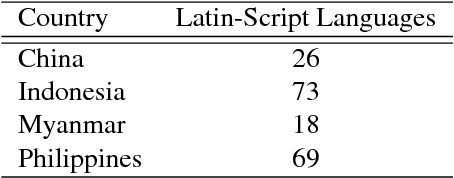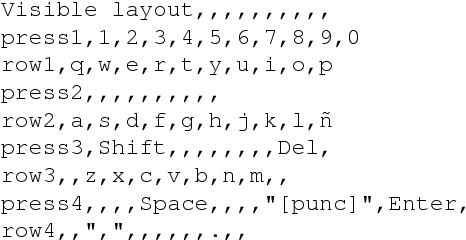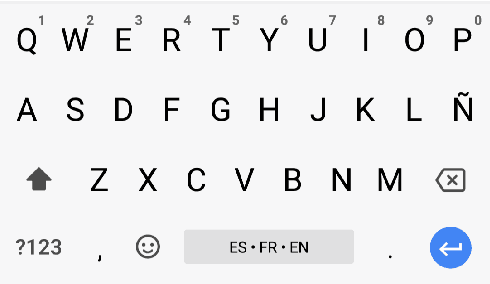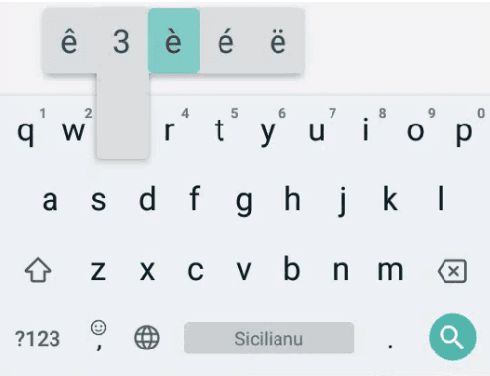Chieu Nguyen
Writing Across the World's Languages: Deep Internationalization for Gboard, the Google Keyboard
Dec 03, 2019Abstract:This technical report describes our deep internationalization program for Gboard, the Google Keyboard. Today, Gboard supports 900+ language varieties across 70+ writing systems, and this report describes how and why we have been adding support for hundreds of language varieties from around the globe. Many languages of the world are increasingly used in writing on an everyday basis, and we describe the trends we see. We cover technological and logistical challenges in scaling up a language technology product like Gboard to hundreds of language varieties, and describe how we built systems and processes to operate at scale. Finally, we summarize the key take-aways from user studies we ran with speakers of hundreds of languages from around the world.
Automatic Keyboard Layout Design for Low-Resource Latin-Script Languages
Jan 18, 2019



Abstract:We present our approach to automatically designing and implementing keyboard layouts on mobile devices for typing low-resource languages written in the Latin script. For many speakers, one of the barriers in accessing and creating text content on the web is the absence of input tools for their language. Ease in typing in these languages would lower technological barriers to online communication and collaboration, likely leading to the creation of more web content. Unfortunately, it can be time-consuming to develop layouts manually even for language communities that use a keyboard layout very similar to English; starting from scratch requires many configuration files to describe multiple possible behaviors for each key. With our approach, we only need a small amount of data in each language to generate keyboard layouts with very little human effort. This process can help serve speakers of low-resource languages in a scalable way, allowing us to develop input tools for more languages. Having input tools that reflect the linguistic diversity of the world will let as many people as possible use technology to learn, communicate, and express themselves in their own native languages.
 Add to Chrome
Add to Chrome Add to Firefox
Add to Firefox Add to Edge
Add to Edge